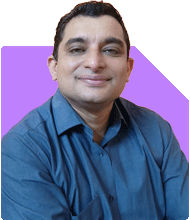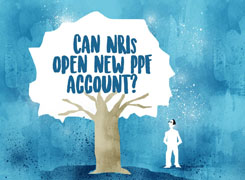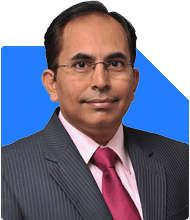Anu Krishna |1749 Answers |Ask -Follow
Relationships Expert, Mind Coach - Answered on Nov 22, 2022
The co-founder of Unfear Changemakers LLP, she has received her neuro linguistic programming training from National Federation of NeuroLinguistic Programming, USA, and her energy work specialisation from the Institute for Inner Studies, Manila.
She is an executive member of the Indian Association of Adolescent Health.... more

नमस्ते प्रेम गुरु,<br /> हाल ही में मेरे साथ कुछ बेहद अजीब हुआ।<br /> एक डेटिंग ऐप पर स्क्रॉल करते समय, मुझे अपनी चचेरी बहन के पति की प्रोफ़ाइल मिली। <br /> मुझे नहीं पता कि मुझे यह उसके पास ले जाना चाहिए या पहले उससे बात करनी चाहिए।<br /> कृपया मदद करें। </strong></p> <p>यह एक पेचीदा स्थिति है।</p>
आप नीचे ऐसेही प्रश्न और उत्तर देखना पसंद कर सकते हैं
Ravi Mittal |678 Answers |Ask -Follow
Dating, Relationships Expert - Answered on Jan 13, 2023
Anu Krishna |1749 Answers |Ask -Follow
Relationships Expert, Mind Coach - Answered on Dec 17, 2025
Anu Krishna |1749 Answers |Ask -Follow
Relationships Expert, Mind Coach - Answered on Dec 17, 2025
Radheshyam Zanwar |6748 Answers |Ask -Follow
MHT-CET, IIT-JEE, NEET-UG Expert - Answered on Dec 17, 2025
Anu Krishna |1749 Answers |Ask -Follow
Relationships Expert, Mind Coach - Answered on Dec 17, 2025
Dr Shakeeb Ahmed Khan |184 Answers |Ask -Follow
Physiotherapist - Answered on Dec 17, 2025
T S Khurana |538 Answers |Ask -Follow
Tax Expert - Answered on Dec 17, 2025
T S Khurana |538 Answers |Ask -Follow
Tax Expert - Answered on Dec 17, 2025
Janak Patel |72 Answers |Ask -Follow
MF, PF Expert - Answered on Dec 17, 2025
Ramalingam Kalirajan |10902 Answers |Ask -Follow
Mutual Funds, Financial Planning Expert - Answered on Dec 17, 2025
Samraat Jadhav |2511 Answers |Ask -Follow
Stock Market Expert - Answered on Dec 17, 2025



























